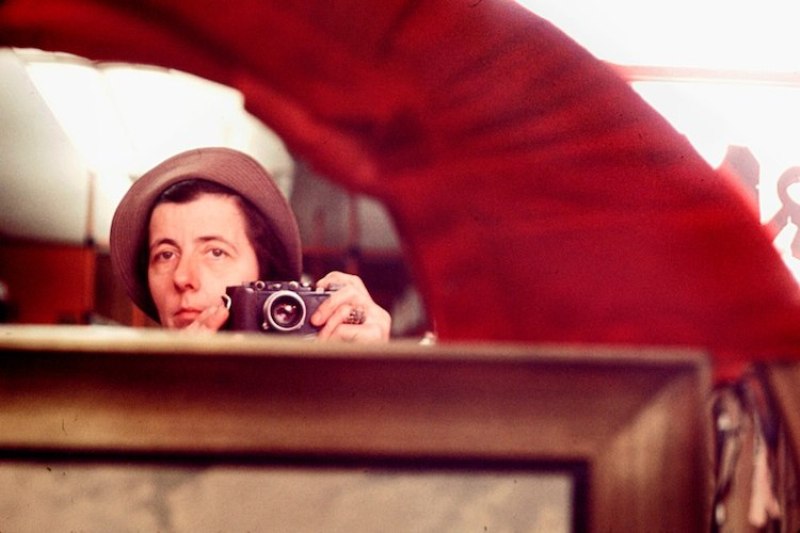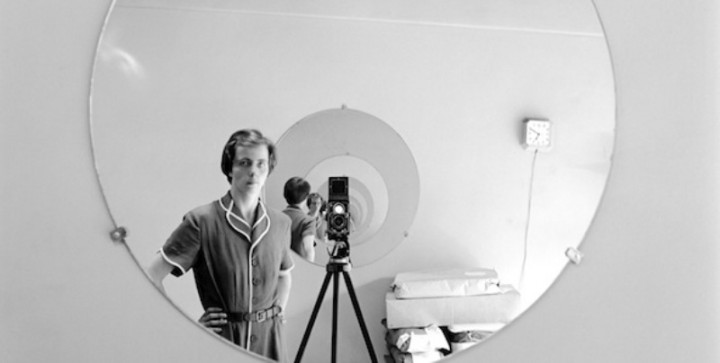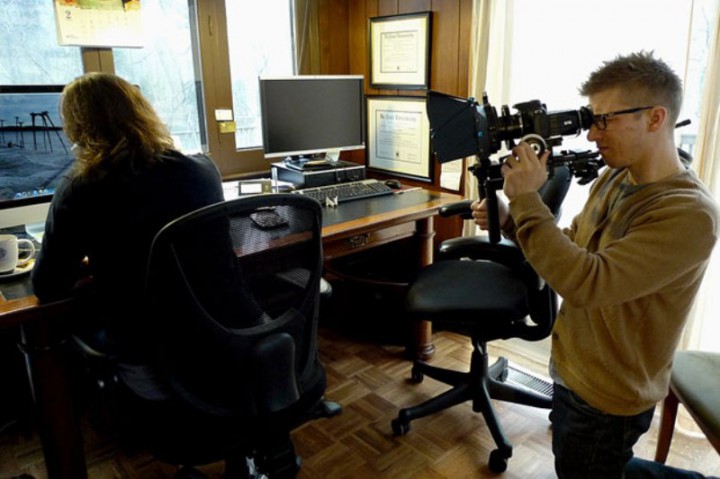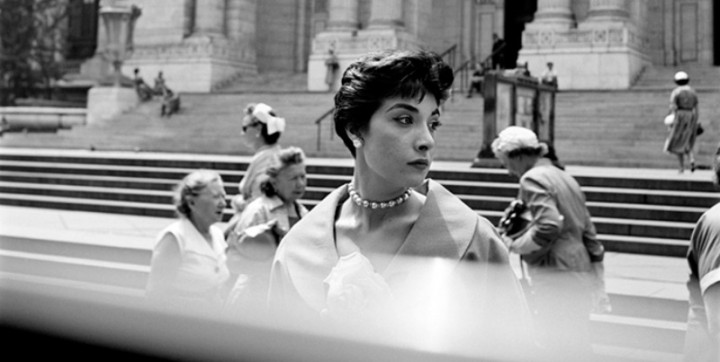Finding Vivian Maier is that rarest of things: a documentary I like rather than merely admire. In fact, it’s only a musical score away from having gotten the full five stars. (Is there some school for documentary composers where they learn how to slather films with this insipid, generic music that makes them all sound alike?) Yes, I think the film is actually that good. Not only is the subject of the film’s work worthy of examination, but the enigma of Vivian Maier is fascinating in itself. The film addresses both her street photography and her life. It explores the mystery of Maier through detective work and the memories of those who knew her, but it never solves the central riddle of who she was. (Think of it as the Citizen Kane of documentaries.) And while I suspect that this is because it’s not possible to do so, I think it’s also why the film works so well — and is so strangely moving. Strip Vivian Maier of the enigma, and chances are, you would lose the magic of her story.
It is more than possible that you’ve heard of Vivian Maier, though the name may not have stuck with you. She was the subject of a great deal of media attention when the late Chicago nanny’s cache of photos and thousands of rolls of undeveloped film were discovered. It was a treasure trove of striking, distinctive images from mid-20th century America, especially Chicago. This remarkable find was made by John Maloof, who had purchased some of the material at auction (he later tracked down more) with an eye toward stock shots for a project. What he found was far more remarkable. He started showing Maier’s photos around to various experts, all of whom were enthused over the discovery. He subsequently mounted retrospective shows of her work to great acclaim. In the midst of all this, Maloof teamed up with Charlie Siskel (nephew of film critic Gene Siskel and sometime assistant director to Michael Moore) to document the entire experience, showcasing the distinctive photos while trying to get a picture of the woman who took them.
The film does an admirable job of both, though the hook lies in trying to discover just who Vivian Maier was and why she never showed her work to anyone. It is more than slightly likely that Maloof and Siskel have at least simplified some of this, and it’s even probable that Maloof goes a little out of his way to congratulate his own detective work. I’m not at all certain that he doesn’t deserve all the credit he takes for uncovering Maier and her work. At the same time, I’m not wholly convinced that he completely justifies his reason for making this intensely private woman’s life — and for that matter, her work — public property. A letter he discovered that suggests she at one point considered selling some of her work is thin justification. Even so, the whole story, as pieced together by previous employers and some of her now-grown charges, along with discoveries Maloof made about her earlier life, is compelling viewing.
Equally compelling are Maier’s photographs, and the film provides plenty of them, including a number of self-portraits and even home movie footage. All of this is almost as mysterious and evocative as the images Maier captured with her unerring eye. Unlike most documentaries, not a single one of its 83 minutes is dull. Is it somewhat self-serving on Maloof’s part? Maybe, but it’s still a rattling good documentary. Even if you don’t generally like documentaries, you owe it to yourself to catch this one. Not rated, but contains some adult themes.
Starts Friday at Carolina Cinemas.








While checking some dates to finalize my review today, I discovered that some people believe the story to be an elaborate, Banksy-type hoax. The film never mentions that reaction, does it?
No, nor have I heard this. I have heard that it doesn’t offer a fair description — or any description at all — of the warring factions claiming ownership of the photos. Could it be a hoax? Well, I hate to think of the expense involved in creating all those photos — many of which look in period — for this. Who are these people who believe this? That seems a key point.